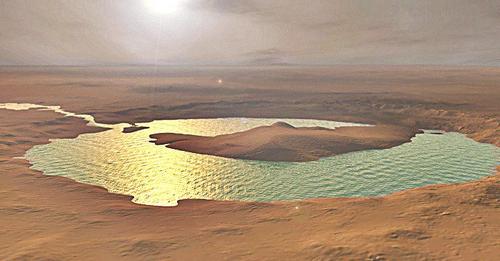
If it’s quiet solitude and beauty you seek, there is no better place than the surface of Mars.
Mars has earned its moniker as the red planet, but the HiRISE camera aboard NASA’s Mars Reconnaissance Orbiter (MRO) can transform the subtle differences of soils into a rainbow of colours.
For 10 years, HiRISE has recorded gorgeous – and scientifically valuable – images of Mars.
Its photos are so detailed that scientists can examine the planet’s features at the scale of just a few feet, including the recent crash site of Europe’s Schiaparelli Mars lander.
We combed through 2,054 of the camera’s latest pictures, released in August, September, and October, to bring you some of the best – and hopefully help you temporarily escape Earth.
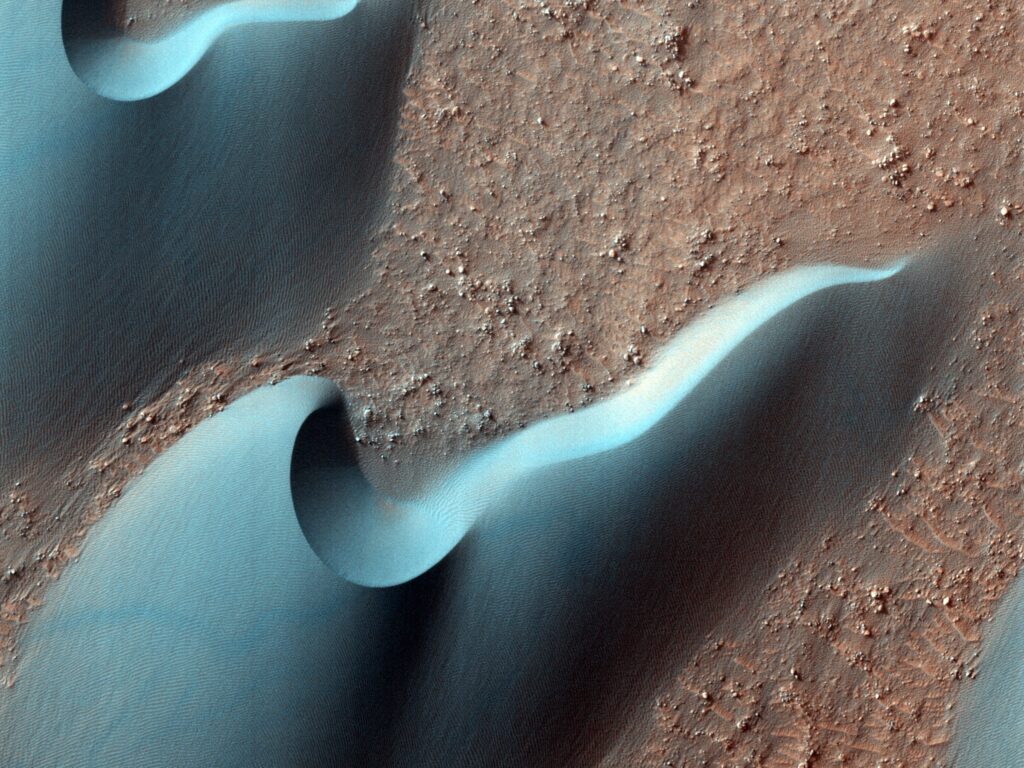
A large chasm:
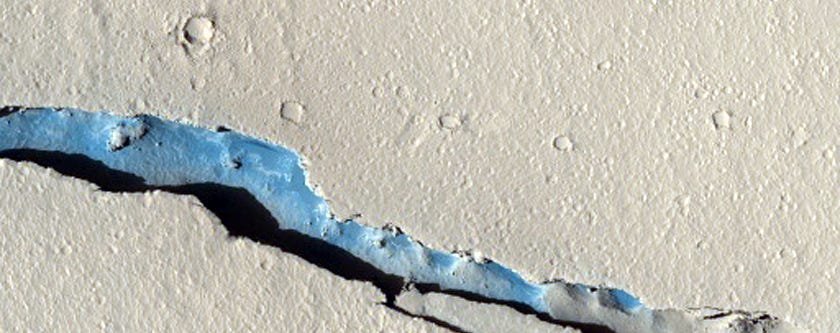
Some dark, rust-colored dunes in Russell Crater:
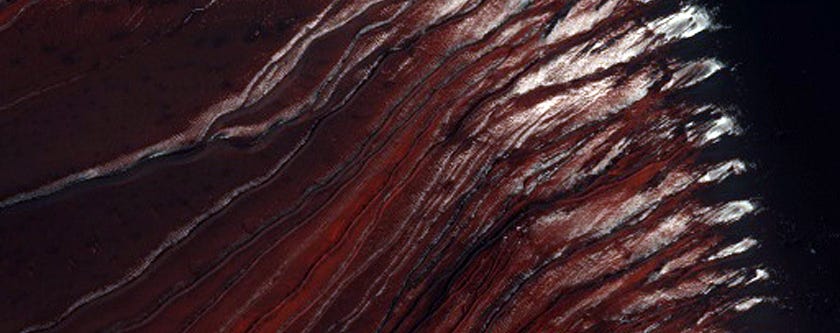
NASA might land its next nuclear-powered Mars 2020 rover mission here.
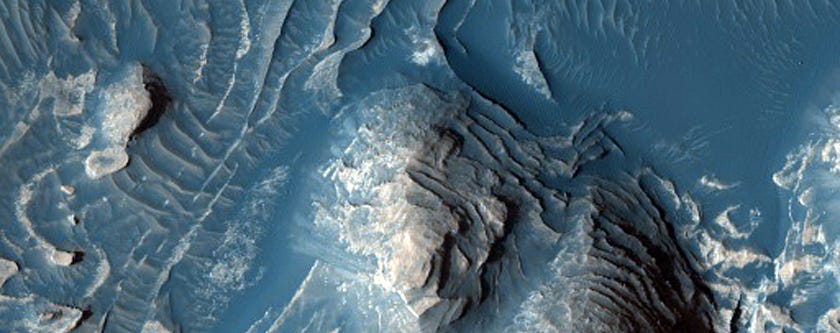
The black splotch is where the European Space Agency’s Schiaparelli Mars lander crashed. The white specks, pointed out with arrows, are pieces of the lander.
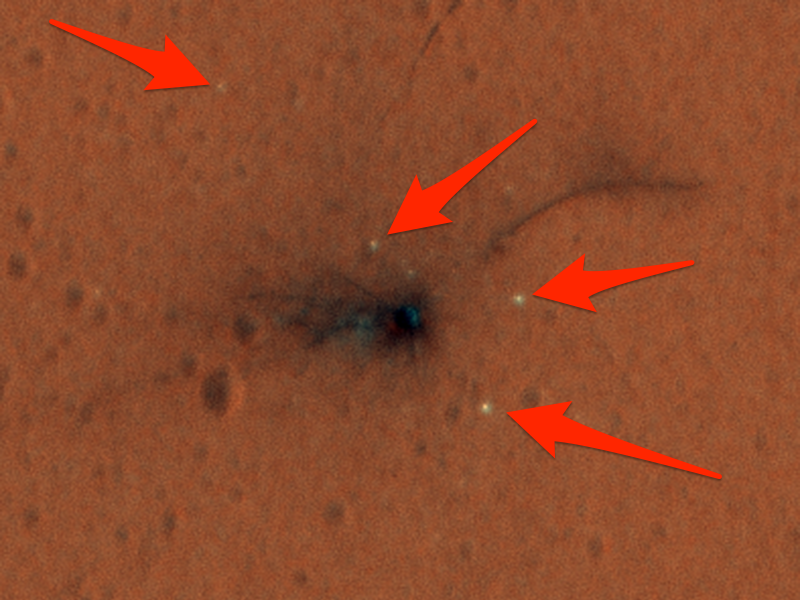
Zebra skin. Just kidding, this is a dune field that’s speckled with oval-shaped mineral deposits:
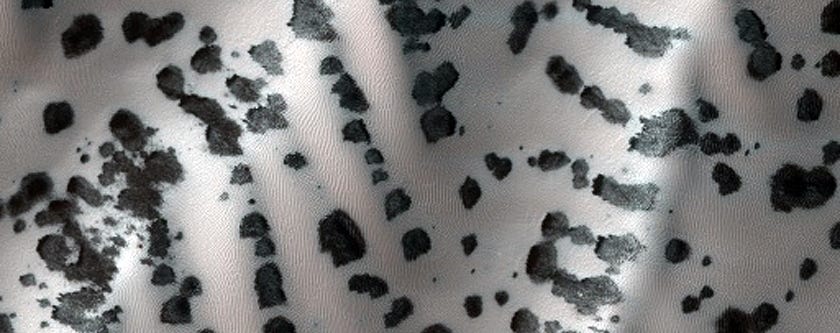
False-coloring this image makes a giant dune and its gullies look blue.

A possible landing site for the ExoMars 2020 mission, which the European Space Agency is running.
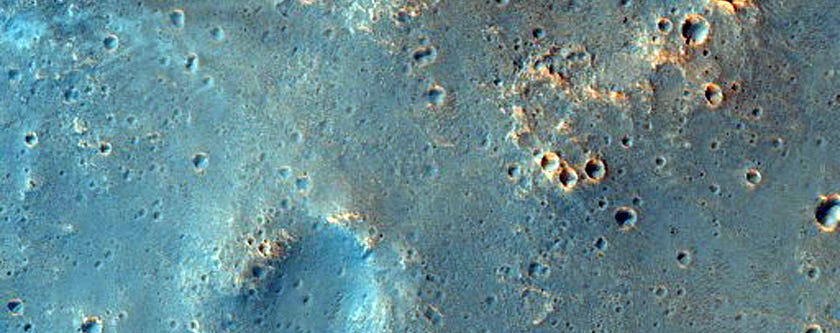
A North Pole dune field nicknamed “Kolhar,” after Frank Herbert’s fictional world.
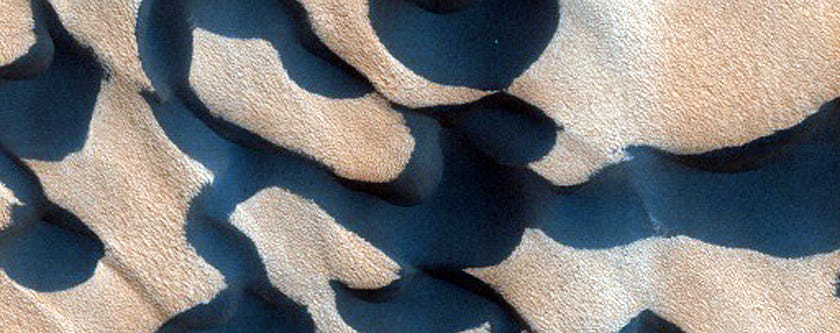
Carbon dioxide that turns from solid to gas carves out these strange shapes at Mars’ south pole:
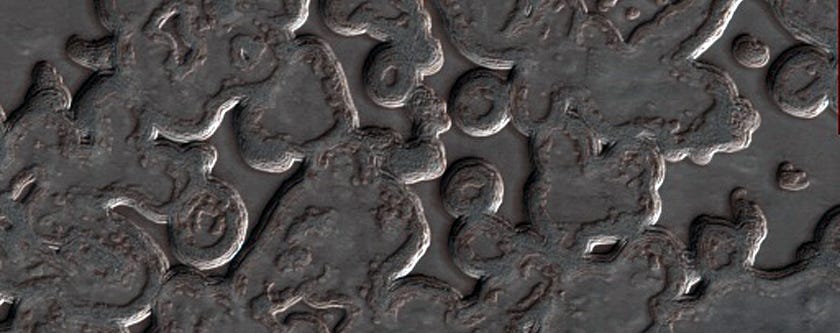
A recent impact crater on Mars. (We’re pretty sure no one put out a giant cigarette here.)
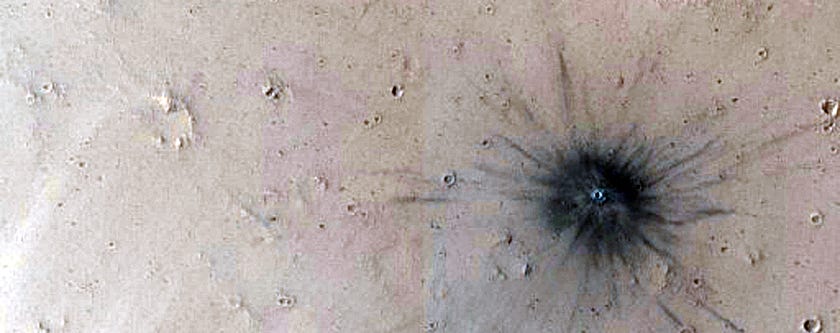
‘Spiders’ are eruptions of dust caused by the way the Martian surface warms and cools:
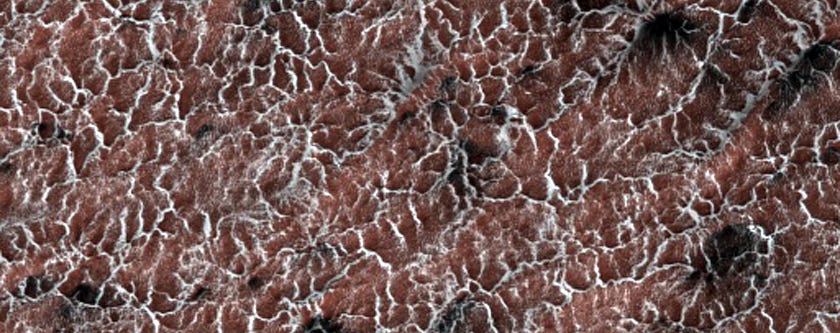
Cerberus Palus crater showing off layered sediments:
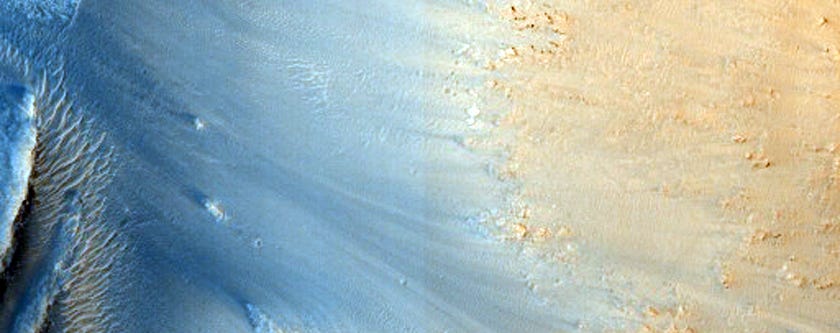
NASA keeps an eye of gullies like this for small landslides – and any water that melts in the warm sun to form darker-colored mud.
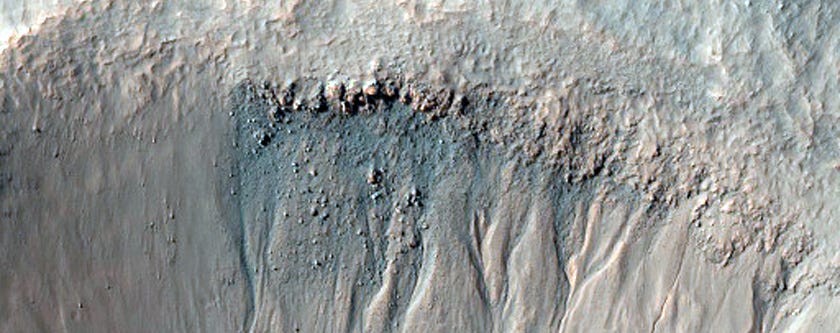
Another gully scientists are having HiRISE monitor:

Glacial terrain looks strangely iridescent:
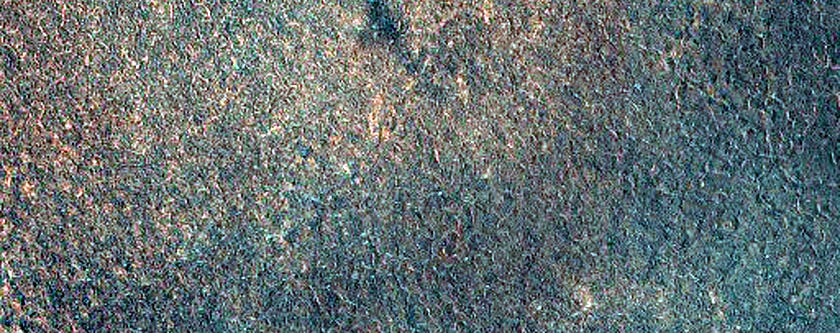
A steep slope in Eastern Noctis Labyrinthus:
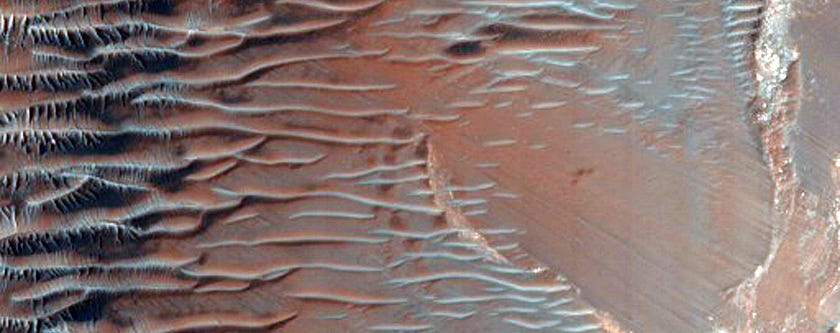
Dunes in a Martian crater. The red bar is an artifact of NASA’s image processing:
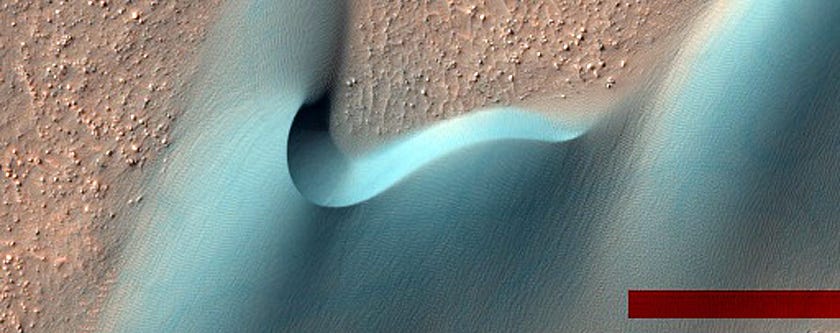
Wind-shaped dunes on Mars crawl across cracked soil in Nili Patera. The green bar is leftover from processing the image:
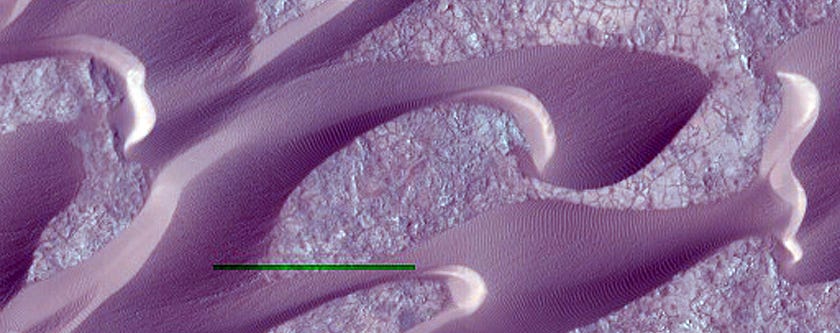
The same sand dunes in full color, a couple of months later:
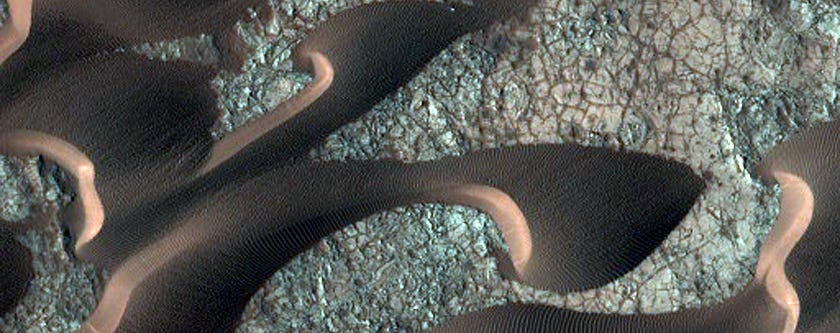
A crater on Arcadia Planitia, a large flat region of Mars:
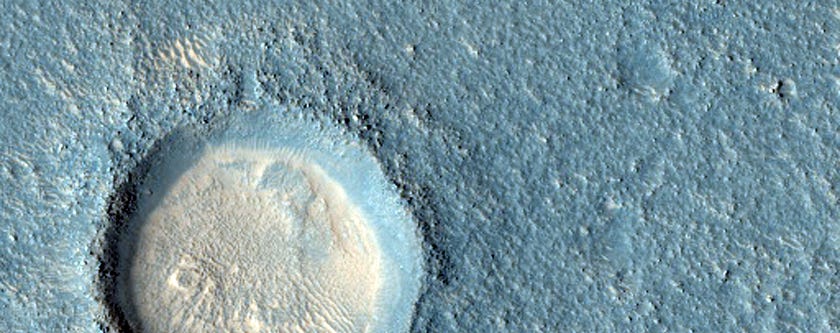
A small but recent impact crater:
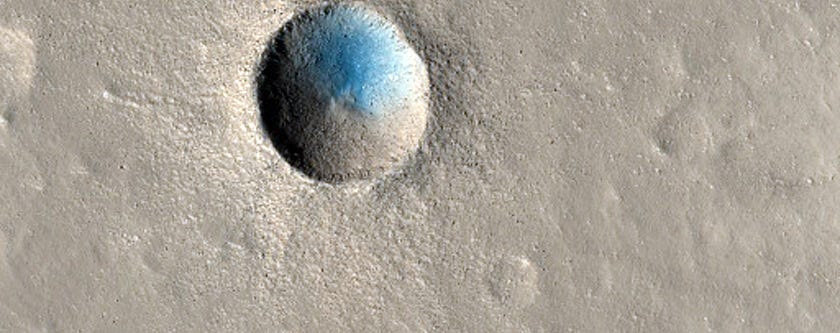
Blowing sand eats through the rims of older craters:
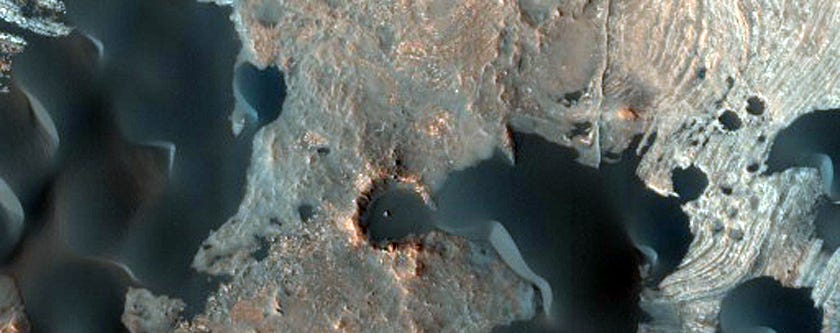
This is the edge of a special layered deposit at Mars’ south pole.
The false-colour makes the white look like ice, but it’s just one of the many layers of rock and soil.
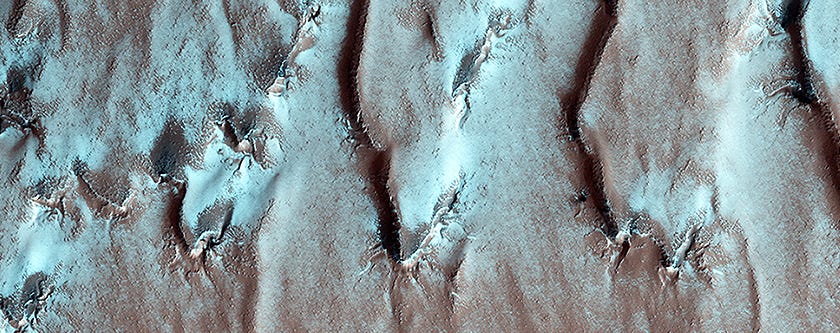
This crater near a region called Aonia Terra looks like part of the Death Star.
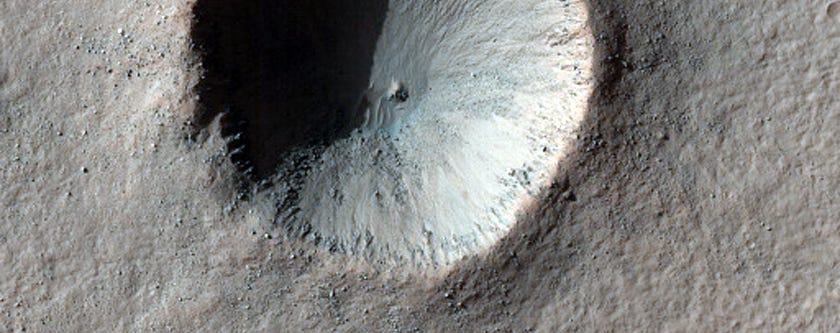
A fracture in the floor of Upper Morava Valles.
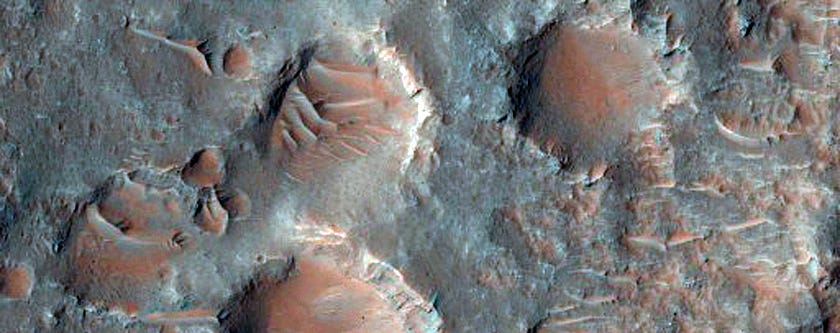
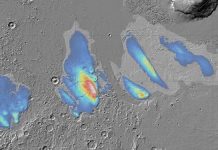
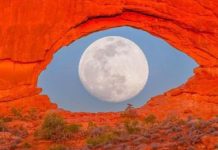
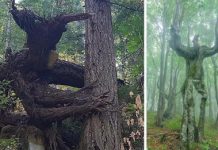

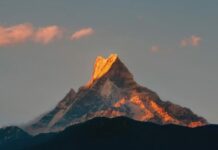
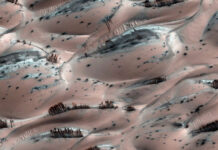
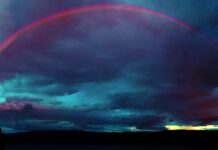
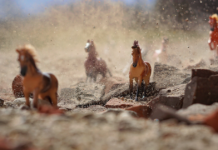
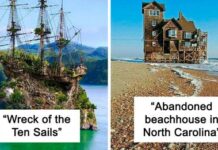
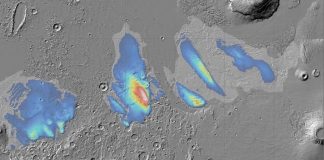
Beautiful unnatural colours, just confirm that there is NO organic life on Mars.
the colors are chosen in the processing of the images by NASA geologists. The colors they select have nothing to do with the possibility of organic life. They are just applied to various filters wavelengths.
And have you been there to be sure? They could have been made in a studio in Hollywood!
Santa clause: stop smoking crack, son. There’s still some hope for you
Well said, I second that.
Всяка снимка сама по себе си е като една красива модернистична картина.
When did you go? Can i come next time??
And why would they bother to make it in a Hollywood studio? What would they have to gain from that? Utter nonsense!
‘cuz Hollywood folks are so well- known for keeping secrets, amirite?
these are images, not photos. big difference, and bs
They’re photographs. It says so at the top of the page. Please read and comprehend before posting. I sincerely believe that we need to have IQ and comprehension tests to permit people access to the internet. Or we could have a separate internet for people who failed kindergarten.
“…the HiRISE camera aboard NASA’s Mars Reconnaissance Orbiter (MRO) can transform the subtle differences of soils into a rainbow of colours…”
“…Its PHOTOS are so detailed that scientists can examine the planet’s features at the scale of just a few feet, including the recent crash site of Europe’s Schiaparelli Mars lander…”
Shut up moron
Be nice. It’s so easy to do what you do. Take the challenge. Be nice, close down the mouth more and open up your ears more
Surely you don’t believe everything you read.
I agree 👍🏻
Franc Vliege; It’s good to be ‘skeptical’ about unfamiliar claims people make, but there are limits to the wisdom behind it. Think about what is keeping you from accepting the truth of ‘cameras’ + ‘rocket launches’ + ‘space travel’ + ‘long time’. and putting these things together into one concept. For me it is easier (more reasonable) to imagine these things really happening and the photos are ‘real’ than to imagine Mars is not real, or the Earth is really flat, or cameras wouldn’t work in space, or rockets don’t actually leave the Earth’s atmosphere, etc. Not EVERY image of outer space in the last hundred years was a photo- many captions list them as Artist’s ‘rendering’ or Artist’s ‘creations’ of planets in other galaxies. You’re right about that. But one shouldn’t be so skeptical that you become pessimistic about life, about astronomy, doubting the existence of the natural word, thinking other people
have made it all up in order to control your mind. You are actually smarter than that if you trust your common sense.
I agree with the your common sense advice which I been using a lot lately which is leading right back to the idea that it’s all fake, people are satin/satanic and have been leading the masses away from the Creator KNOWING God is real and their sole aim is to beat God. Self proclaimed competitors to the Creator as if they stand a chance. THEY decide what you see and the internet, their AI, their “progress” is coming back to haunt them as Truth always prevails.
Just because one questions the official narrative doesn’t mean they are off put by that. It is easier for you to believe than to disbelieve, but for some, once weve discovered the truth or uncovered the lie, our eyes are open to both the lie and the truth. Effortlessly. Its hard to believe in the truth if you haven’t questioned the lie. As where many haven’t questioned the lie, and are blind to the truth.
THAT WATER ON MARS did you see that fish jump
It was stupid to say they are this or that since you don’t actually know. Open mouth, insert foot!
Franc Vliege, when ya know what ur talking about speak, until then stay quiet a photograph IS AN IMAGE taken with a camera, Go back to school, ya may just learn something
You believe these are real photos of Mars because you choose to. These are digital computer generated photos and there is nothing real that you are looking at. Graphics on the new generation of computer chips, if you look at older supposed photographs of Mars they are completely different. Funny how these new photos look like the landscapes you see in the lasted video games using high end graphics processing. This is part of the fairy tale we called NASA and the rest of the world space agencies. Global warming, COVID and all it’s variance that are coming, it’s all part of the same game, a game in which we are all to going lose.
Absolute moron. You’re literally the complete opposite of someone who is worthwhile. You have zero value. Your existence is utterly pointless.
But he is right…
insults are the last refuge of the out argued.
Agree and he must be a trumper too🤣
Dude you have got to be one sad depressed human being. Calm the hell down you are literally acting like the angry drunk at my local bar. If you are sober and this mad at the world there is probably no hope for you
The dummest person in the chat, attacking others for their intelligence. Good job kid!
Podes ter razão como não!
Whoever believes that these poor computer drawings are really photographs from Mars, is probably not really that smart to say the least…..
What if they are and why can’t they be real? what makes it impossible to send something to orbit Mars and take high resolution photos?
Bozo
All that time you spent typing BS Jeffrey Whitaker
Yeah, “hello, McFly”.
What on earth are you talking about.. Absolute drivel ..
At one place the sand is so fine; like that of White Sands National Park in New Mexico …
The universe is far beyond our Imaginative powers ..we are just minuscule elements of the vast unexplored universe .. very fascinating pictures !!!! loving them!!!
Amazing. Love these pictures
Yep, that’s right.
Imagination!
You said it.
Look at our globe, why is green land huge when it is not a continent?
South America is 9 times bigger than Greenland but significantly smaller on the globe photos rendered by nasa.
OMG. It’s Mercator projection. Please, please think before posting. Good grief. Why are people who barely made it through high school permitted on the internet?
Probablement parce qu’ils ont appris à réfléchir eux. L’école est un endroit où mémoriser des choses et d’en apprendre de nouvelles, mais aussitôt que l’on va à rebrousse poils des connaissances que l’on nous montre, on est catalogué de tarés, etc, tout comme les gens qui ne veulent pas des vaccins sont catalogué d’anti-vaccins et de complotistes. Le questionnement est un signe d’intelligence, même si ça n’entre pas dans le standard actuel.
Les gens les plus talentueux ne sont pas ceux qui ont de grandes études, mais ceux qui réfléchissent, qui posent des questions, essaient des choses, etc. La preuve, Justin Trudeau a quelques années d’université, et regardez ce que ça a donné. 😉
This idiot thinks a world map and a globe are the same thing. You’re the same person who will ask “why is the sky blue if space is really up there? Space must not exist.” Go back to school, maybe you’ll learn something the second time.
You’re assuming he attended school. Someone is only aware of the NASA science if they are educated in the school system. Do you ever question the science? I think it’s good to challenge the authorities, If you don’t there will be no new ideas.
Come through, on the Chilsom train?
No tenemos una foto completa de la tierra donde Vivimos ,y no me interesa Marte, a quien le importa ?
Y? aquien le importa lo que tu piensas…
So amazing….so much to see . Thankyou. Space…All such an enormous amount of events being viewed and happening now …can hardly take it in. I hope much good comes from it in the future. I’m quite old now and so pleased to have seen some of it.
Thé forms are so interesting. I really wish they would allow the photos to be as raw and natural as possible. Perhaps they need artificial color to differentiate for analytical purposes, but it creates a very false impression for the public.
Agreed
Agreed! Without disclaimers and the raw images posted along side, it only fuels claims of fallacy.
I enjoyed the pictures of
mars.
Thank you.
Thanks for the pictures .
If there was/is water, then there was/is life.
… just wondering why NASA would not set up a landing site in cydonia …
I mean, come on! we’ve been witnessing them losing control of their censored humans they have been doing since they stole fire from the caveman who discovered it, sold it as magic til the masses of cave ppl finally figured it out. Now to all you who say GO BACK TO SCHOOL IDIOTS, are you talking about the schools where they (the richest of the richest), the withholders of Truth, decide what schools teach? What you don’t KNOW is how dumb you’ll feel when you’re finally awakened to the depths of deception we are under. They own your giant science programs bought and paid for with the hopes you will discover the next big thing they can twist into money, control and privilege at our cost. You don’t get it cuz you’re not allowed to. In fact, you are their best weapon. You are their propaganda. You are their slave, goyum, dirt. Soon you will be an injected digital slave with promises of modern magic by which you will, once again, be fooled.
I saved 15 percent by switching to Geico.
Exactly. 👍🏼
It’s fascinating to see so many different types of landscapes on Mars! When I was 8 my imagination was captured by the planets and the stars – on a clear night, I’m always looking up, finding Beetetgeuse, Rigel, Aldebaron, Venus, Jupiter or Mars!
What confuses people is when they watch space based movies and the “astronauts” walk around with no spacesuit! Not many planets have air we can breathe, like our own Earth
NASA is just a front for funding black ops military projects
Didnt see one of Elons house. Pitty.
Nature doesn’t make rectangles